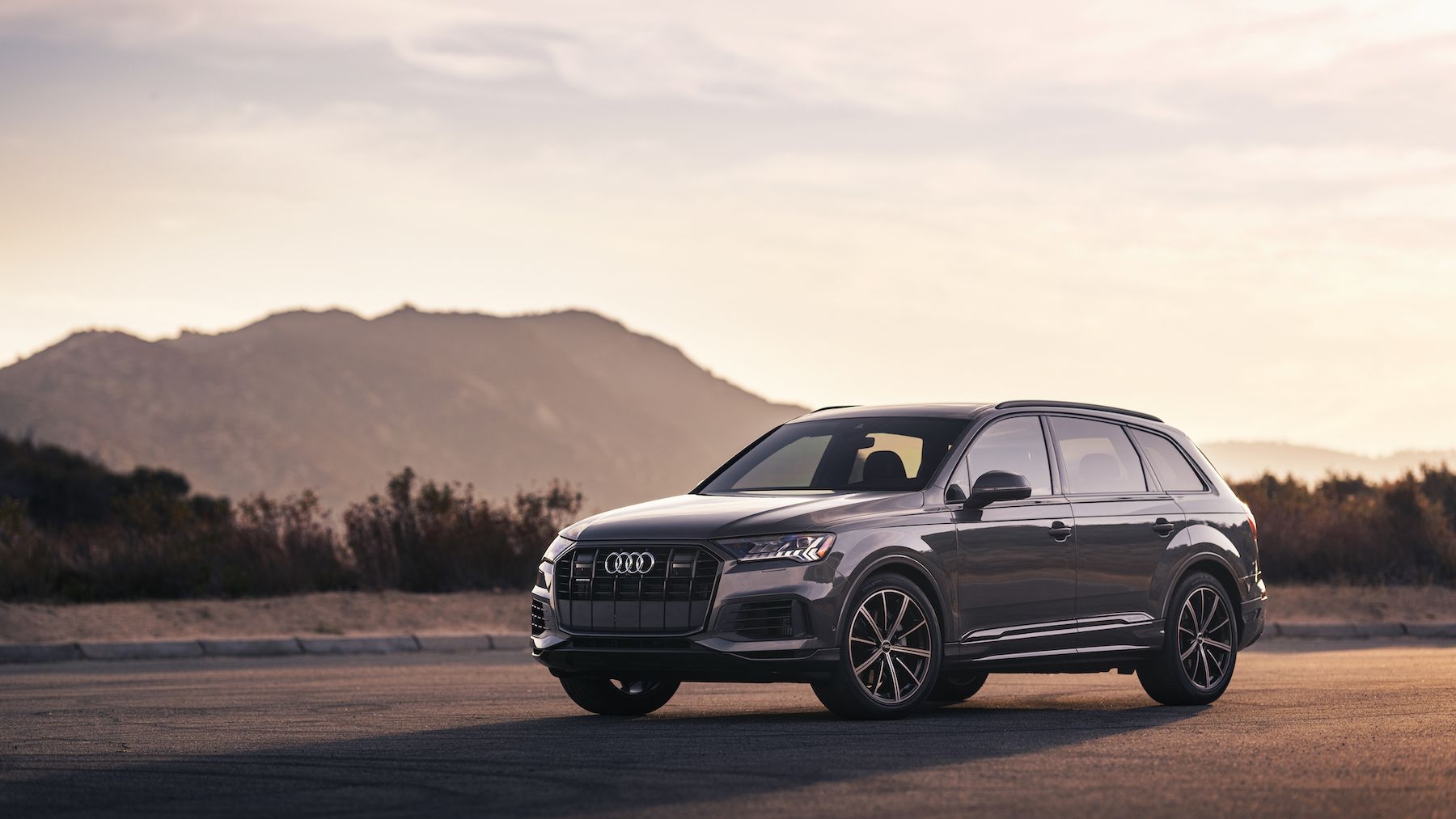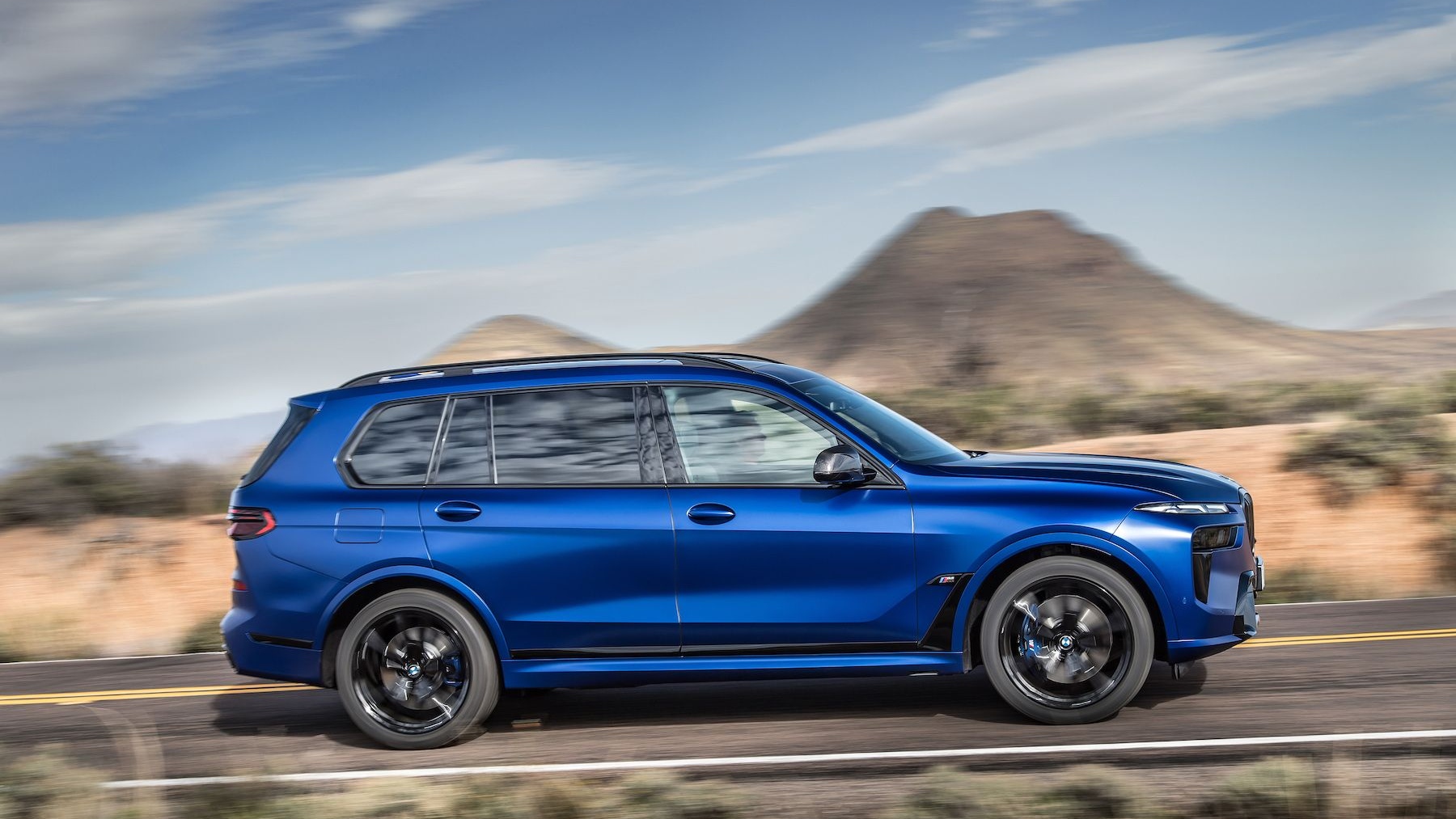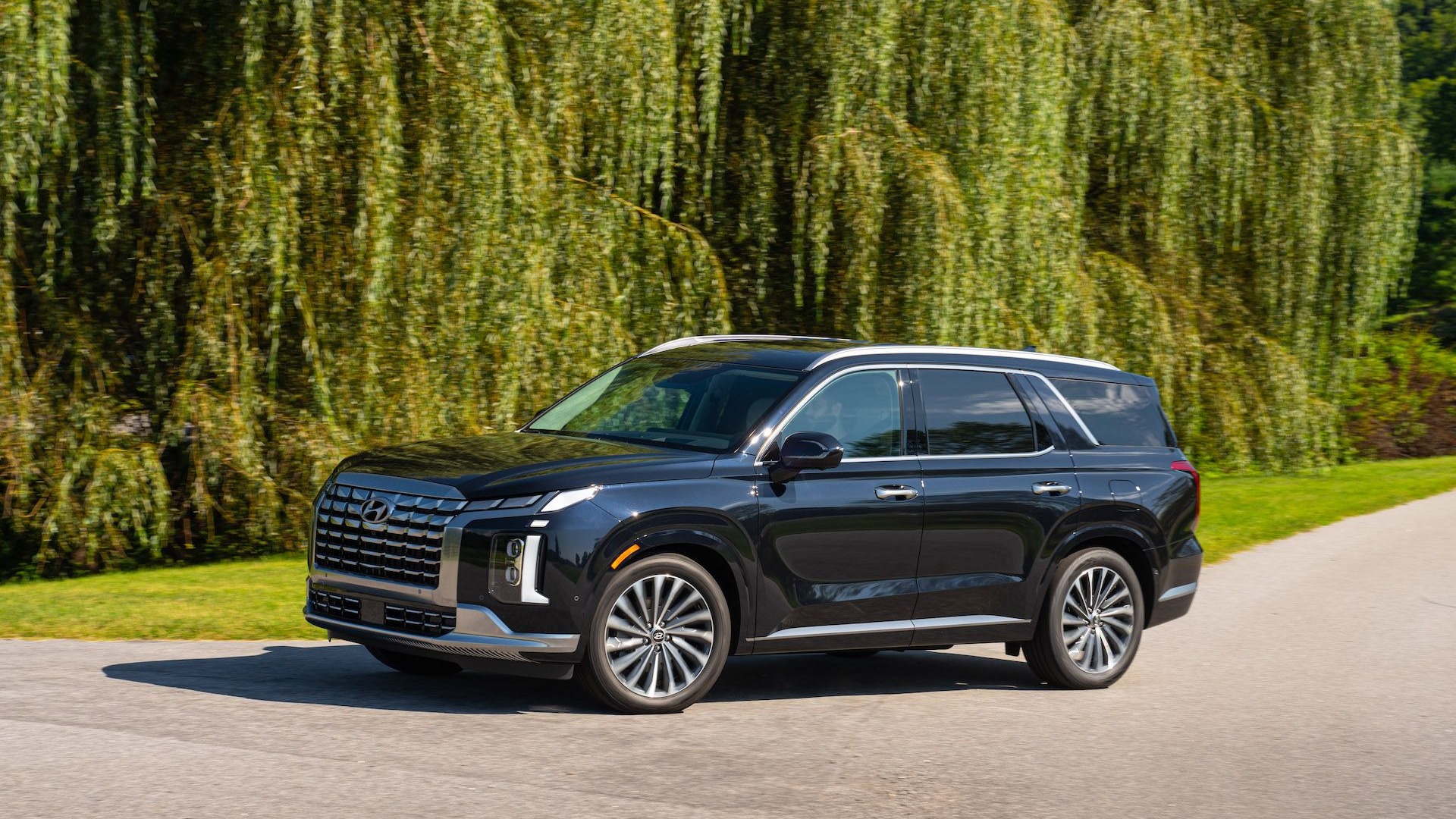It’s easy to think that self-driving cars simply need to be programmed with the general set of road rules and then have some form of object detection so that the car’s computer can then apply the rules for a given situation. The reality is much more complex, especially due to the varying conditions found on most roads.
To make self-driving systems more robust, automakers are looking to artificial intelligence systems, like the one being developed by Nvidia. Learning initially from a human driver, these systems can be trained to handle unpredictable situations like roadblocks, construction and changes in weather. This training then refines the system.
At the 2017 Consumer Electronics Show in Las Vegas, Audi demonstrated a Q7 concept which uses Nvidia’s Drive PX 2 technology, which has been designed specifically for automotive applications. Drive PX 2 combines AI with data from vehicle sensors and cameras, allowing it to understand in real-time what's happening around it, precisely locate itself on a highly-detailed digital map, and plan a safe path forward for the vehicle.
With no driver behind the wheel, the Q7 concept is able to complete laps on a closed course, even when the configuration of the track is modified during the run. The course also features a variety of road surfaces including areas with and without lane markings, dirt and grass, as well as a simulated construction zone with cones and dynamic detour indicators.
Audi will start testing AI-equipped self-driving prototypes on public roads in 2018, initially in California and a few other states. The automaker predicts that a production model with a highly-capable self-driving system will be available in 2020.
Audi’s first model with self-driving capability will be available earlier, though. A redesigned A8 debuting this year should be able to handle parking situations as well as driving in traffic at speeds of up to 37 mph without the need for human monitoring.
Separately, Nvidia announced during CES that automotive suppliers Bosch and ZF would use Drive PX 2 to develop their own self-driving systems.
For more from CES, head to our dedicated hub.



